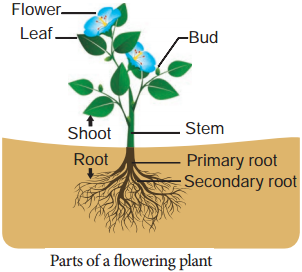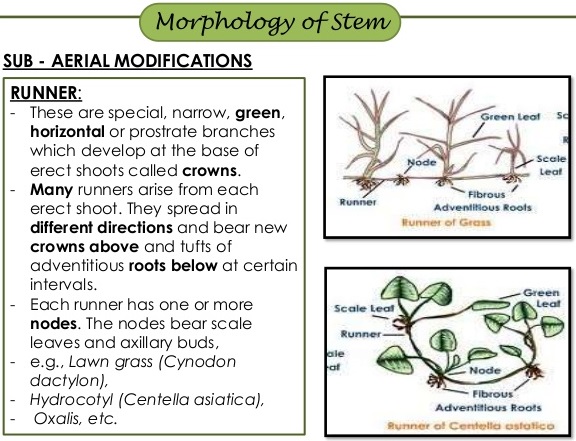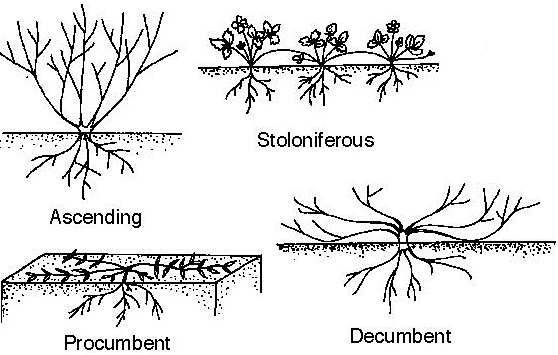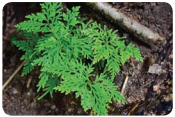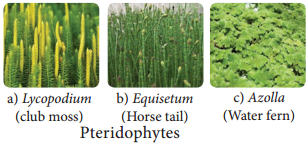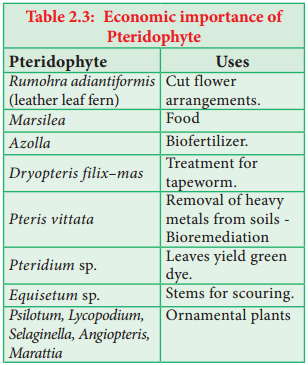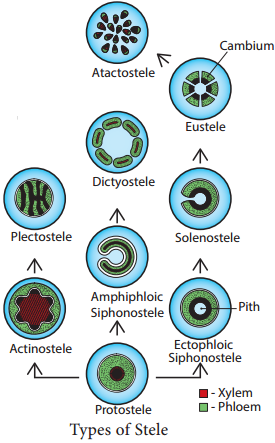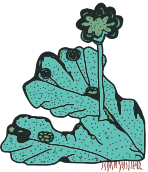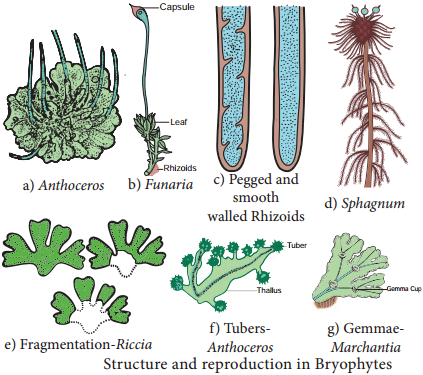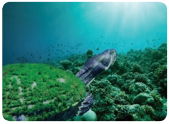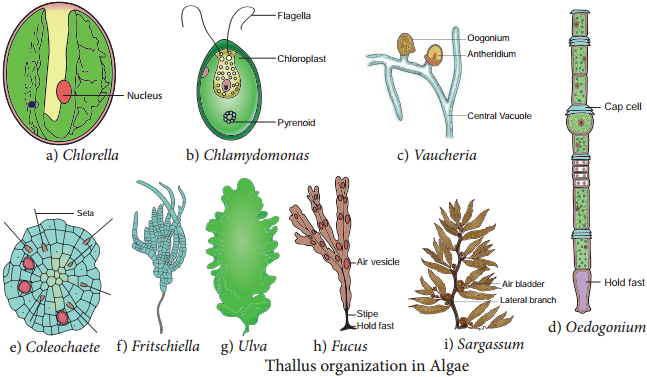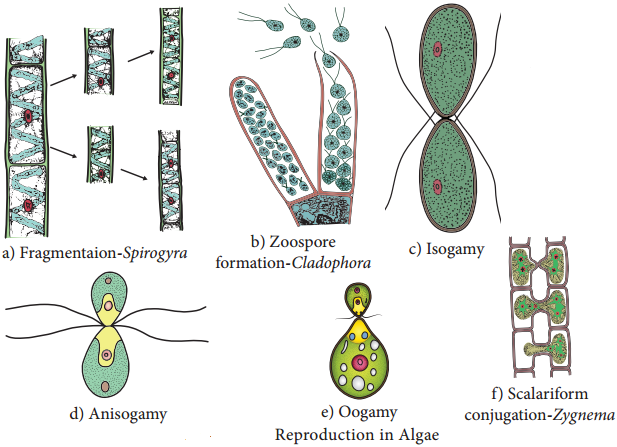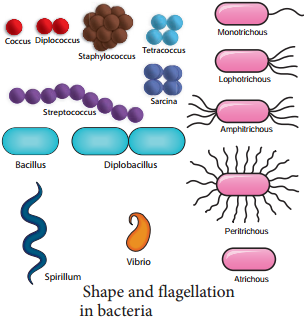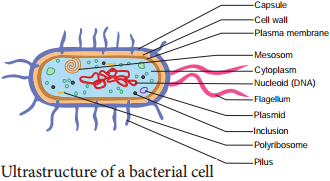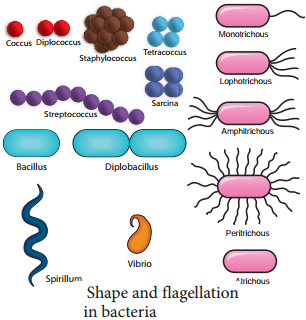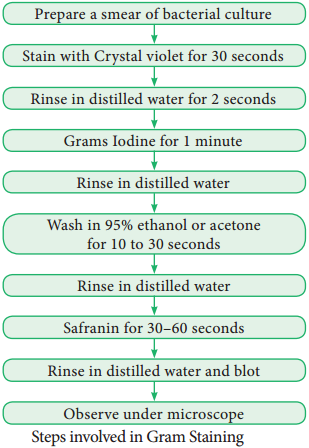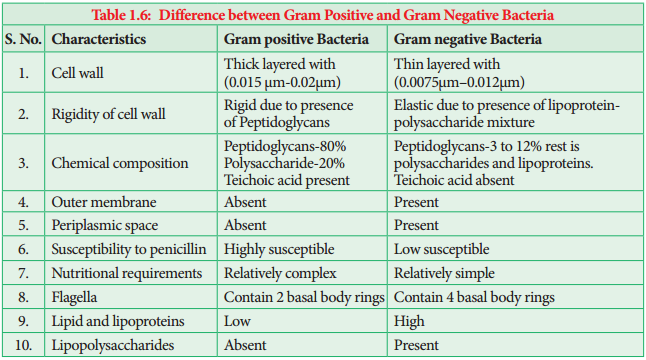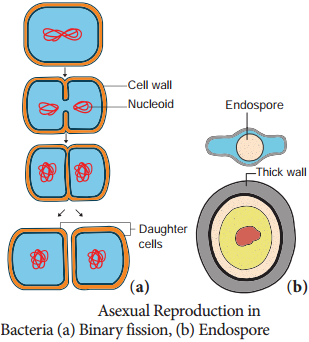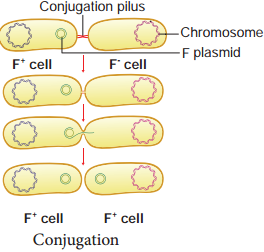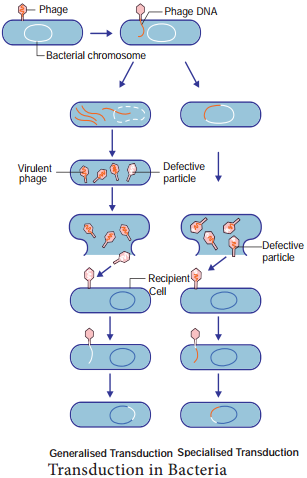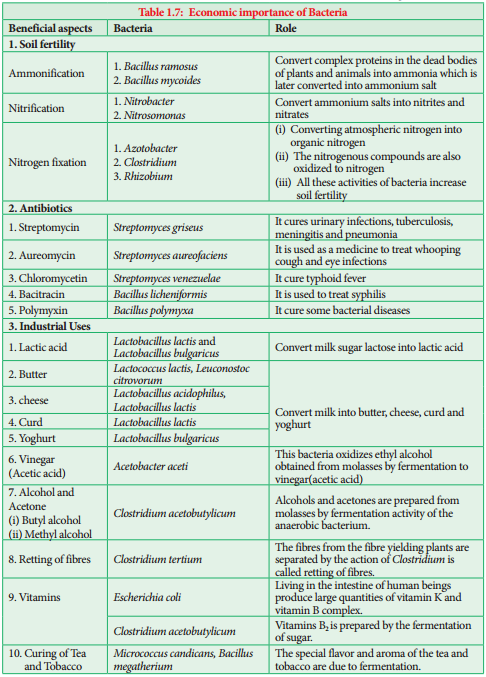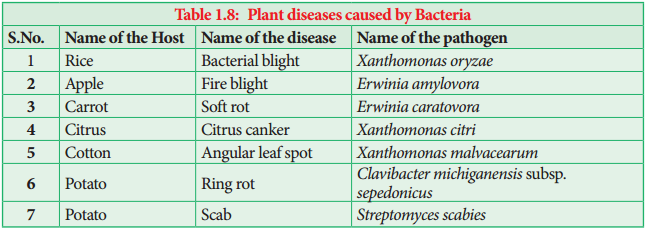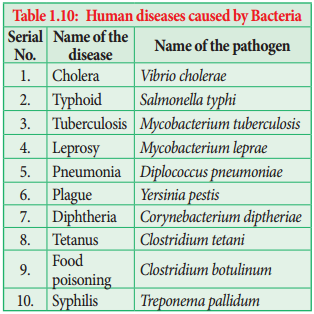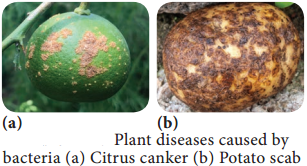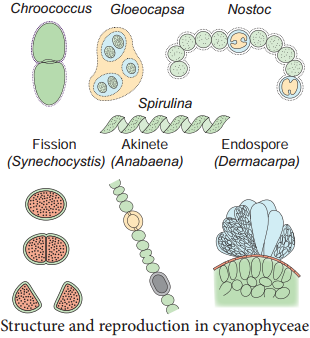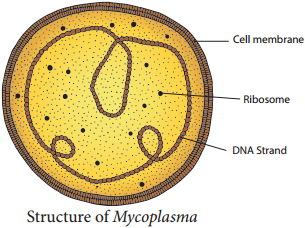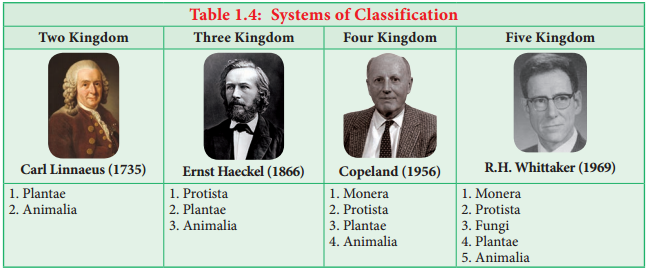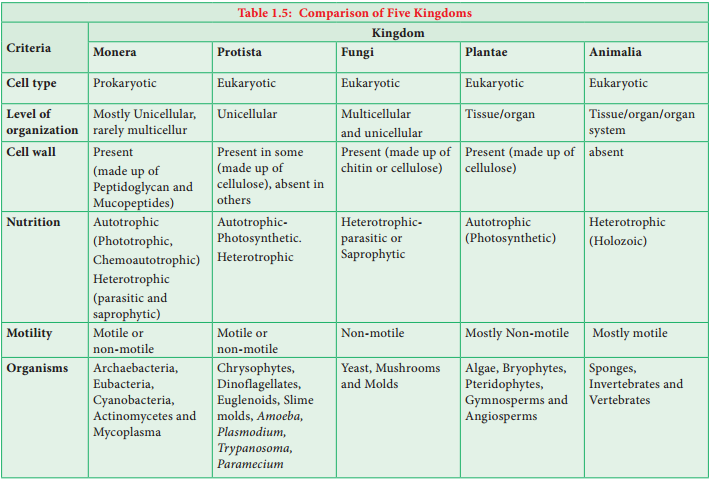Learninsta presents the core concepts of Biology with high-quality research papers and topical review articles.
Parts of a Flowering Plant
Flowering plants are called “Angiosperms” or Magnoliophytes. They are sporophytes consisting of an axis with an underground “Root system” and an aerial “Shoot System”. The shoot system has a stem, branches and leaves. The root system consists of root and its lateral branches.
There are four main flower parts in angiosperms: sepals, petals, stamens, and carpels.
A typical flower has four main parts or whorls known as the calyx, corolla, androecium, and gynoecium (Figure 1). The outermost whorl of the flower has green, leafy structures known as sepals. The sepals, collectively called the calyx, help to protect the unopened bud.
Most flowers have four main parts: sepals, petals, stamens, and carpels. The stamens are the male part whereas the carpels are the female part of the flower. Most flowers are hermaphrodite where they contain both male and female parts.
Stamen. The male parts of a flower consist of an elongated cluster of sacs, called an anther, which emerges atop a thin filament when the flower opens.
- Stigma
- Calyx
- Pistil
- Colas
- More Hydro
Insights
Plant Parts:
Root, Stem, Leaf, Transpiration, Respiration in Plants, Flower, Androecium, Gynoecium, Fruit, Transport Of Water And Minerals In Plants.
Angiosperms:
Flowering plants that have a condensed shoot tip specialized for reproduction.
Anthers:
The bright yellow sacs that produce and contain the pollen grains.
- Composites
- Filament
- Gametes
- Gymnosperms
- Nectar
- Nectaries
The important parts of a flower include:
- Sepals
- Petals
- Stamens
- Pistil
Parts of a Flower
Petal:
The petals of a flower often attract insects or other animals.
Ovary:
The ovary is the part of the carpel (female parts of the flower) that produces seeds.
Stamen:
The male part of this flower is made up of six identical stamens.
- Carpel
- Stigma
- Sepal
The pistil is a plant’s female part. It generally is shaped like a bowling pin and is located in the flower’s center. It consists of a stigma, style and ovary. The stigma is located at the top and is connected by the style to the ovary.
Style:
This is the name for the stalk of the pistil. When pollen reaches the stigma, it begins to grow a tube through the style called a pollen tube, which will eventually reach the ovary. The style therefore acts as a buffer against pollen contamination, since only compatible pollen is able to grow a pollen tube.
The primary purpose of a flower is reproduction. Since the flowers are the reproductive organs of plant, they mediate the joining of the sperm, contained within pollen, to the ovules – contained in the ovary. Pollination is the movement of pollen from the anthers to the stigma.
Basic parts of most all plants are roots, stems, leaves, flowers, fruits, and seeds. The roots help provide support by anchoring the plant and absorbing water and nutrients needed for growth. They can also store sugars and carbohydrates that the plant uses to carry out other functions.
The three main parts are: the roots, the leaves, and the stem. Each part has a set of jobs to do to keep the plant healthy. The roots absorb water and minerals from the soil and anchor the plant in the ground. The stem supports the plant above ground, and carries the water and minerals to the leaves.
The most beautiful rare flowers in the world include the Franklin tree flower, the Fire Lily, Kadupul flower, and Chocolate Cosmos. Rare flowers can be plants that only bloom under specific conditions or are only rarely found growing in the wild. One of the rarest flowers in the world is the Middlemist Red.
Now I bet you’re wondering how to get your own Animal Crossing: New Horizons Lily of the Valley. These unusual blooms are the rarest of all the Animal Crossing: New Horizons flowers, and actually can’t be grown using traditional means.
